How to Learn to Work on Cars: 8 Simple Steps

Adam Chinn
Founder, The Car Investor
Plenty of people dream of being able to fix their own car. There’s something about the inner-workings of a vehicle that just fascinates people.
Maybe it’s the ability to take something so large and complicated, and break it down into manageable pieces. Or maybe it’s the feeling of accomplishment you get when you fix something that’s been giving you trouble.
Perhaps it’s just the feeling of freedom that comes with being able to take a road trip whenever you want, without the worry of breaking-down.
Learning to work on your own car can be a great way to save money, and it can also be a fun hobby.
No matter what your reason for wanting to learn how to work on cars, we’re here to help you get started. We’ll walk you through the steps you need to take, how difficult it is, and how long it should take you to get up to speed.
If you want to learn how to work on cars, you’ve come to the right place.
How long does it take to learn to work on cars?
It takes most people about a year to learn the basics of car maintenance and repair. However, it is important to note that there is a big difference between being able to change your own oil and being able to troubleshoot complex engine problems.
For many people, the biggest challenge is simply understanding how cars work. Once you have a basic understanding of how cars work, you can start learning about specific maintenance tasks like changing your oil or replacing your brakes.
These skills can be learned relatively quickly, and they will save you a lot of money in the long run. However, if you want to become a master mechanic, it will take years of experience and training.
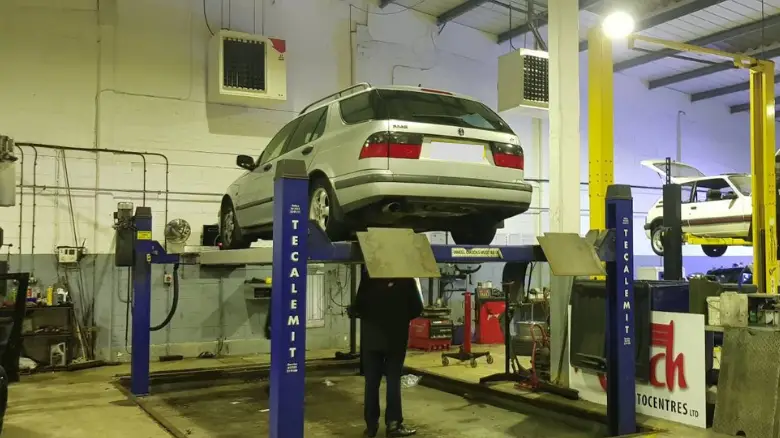
Becoming a mechanic takes years of experience
In addition, cars are constantly evolving, with new technologies being introduced on a regular basis. As a result, car mechanics must continually update their skills in order to stay ahead of the curve.
Is learning car mechanics hard?
Advertisement
Car mechanics is a complex and often difficult trade to master. There are many different systems that need to be understood in order to effectively diagnose and repair a vehicle, and each system is composed of dozens of individual parts.
Even experienced mechanics can have difficulty keeping track of all the different terminology and procedures.
There is no doubt that learning car mechanics is hard work. However, for those who are willing to put in the time and effort, it can be an incredibly rewarding experience.
The difficulty varies depending on your level of interest and aptitude, and how much you actually want to learn.
If you’re the type of person who likes working with your hands and enjoys problem-solving, then you’ll probably find it reasonably easy to gain a basic understanding of how cars work.
Why should I learn to work on cars?
There are many reasons why you might want to learn how to work on cars. Perhaps you’re interested in saving money on your own car repairs.
Or maybe you want to be able to help out a friend or family member when their car breaks down.
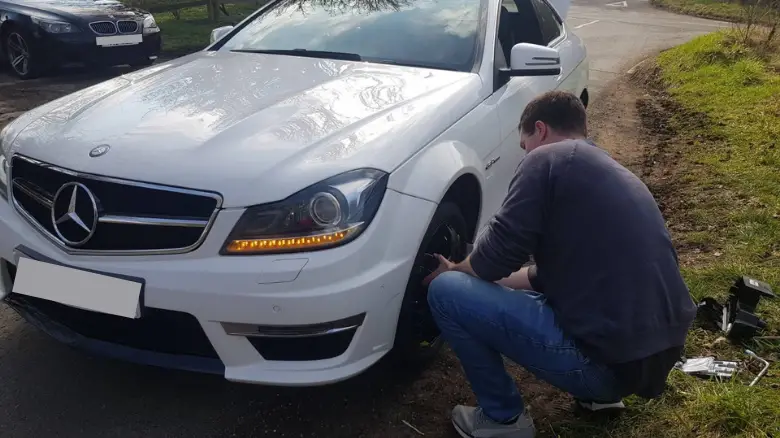
Even learning the basics can help if you ever break down
Whatever your reason, learning to work on cars can be a useful skill that will serve you well for many years to come.
8 Steps for learning to work on cars
Advertisement
There are many different ways that you can learn how to work on cars. The best way to learn will vary depending on your individual learning style and needs.
Some people prefer the structure and discipline of a formal education program, while others prefer the hands-on approach.
But we’ve put together a step-by-step guide for those who are starting from scratch and don’t know much about cars.
So, here’s how to learn to work on cars:
Step 1: Watch videos online

YouTube is a great place to start
If you’re interested in learning how to work on cars, one of the best places to start is by watching videos online.
There are a wealth of resources available, whether you’re looking for general information or more specific guidance on particular tasks.
You can also find videos that cover a wide range of skill levels, so you can start at a level that’s comfortable for you and build up your skills from there.
There are a number of YouTube channels that offer step-by-step instructions for a variety of different repairs.
By watching these videos, you can learn about the basics of car maintenance and get an overview of the tools and equipment you will need.
You can also get a sense of the different kinds of repairs that you may need to do in the future.
Once you have watched a few videos, you will have started on your journey to becoming a knowledgeable car DIY’er.
Step 2: Read books, magazines, and websites
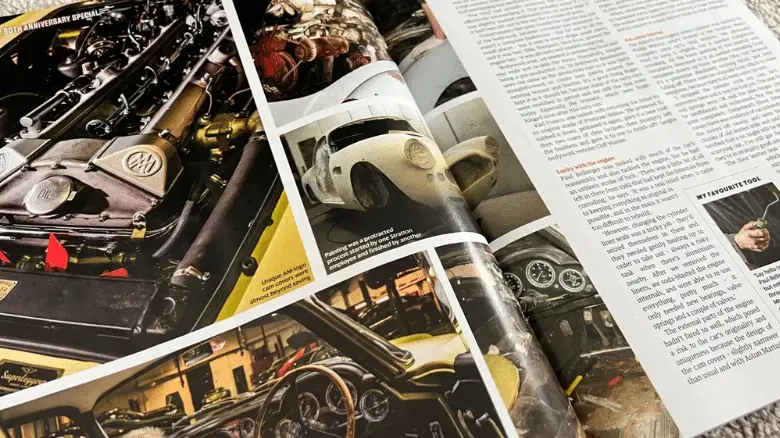
Car magazines can be a goldmine of information
In addition to watching videos, another great way to learn about working on cars is to read online forums and articles written by experienced mechanics, who were also once new to the world of auto repair.
While some people may be able to learn simply by trial and error, it’s generally a good idea to have a solid understanding of the basics before you start tinkering with your car.
In addition to giving you a better understanding of how your car works, reading up on car maintenance can also help you troubleshoot problems more effectively and avoid making mistakes that could result in costly repairs.
You can find a wealth of information in these resources, including detailed guides on specific repairs, advice on how much you’re likely to need to spend on equipment, along with basic tips and best practice.
This is an excellent way to supplement the information you’ve learned from videos, and with a little research and some practice, you’ll be surprised at how much you’ve learnt.
Step 3: Find someone who knows how to work on cars

Finding someone who knows about cars can be a great help
Anyone who has ever worked on a car knows that it can be a challenge, even for the most experienced mechanics.
That’s why the third step is finding someone you know who has experience working on cars. This can be a friend, family member, neighbor, or even a professional mechanic.
By observing someone who knows what they are doing, you can learn a lot about how to properly maintain and repair your own vehicle.
In addition, this person can provide guidance and advice if you ever run into a problem that you’re not sure how to solve. With the help of someone who knows their way around a car, you’ll be able to learn the ropes in no time.
Step 4: Attend car events
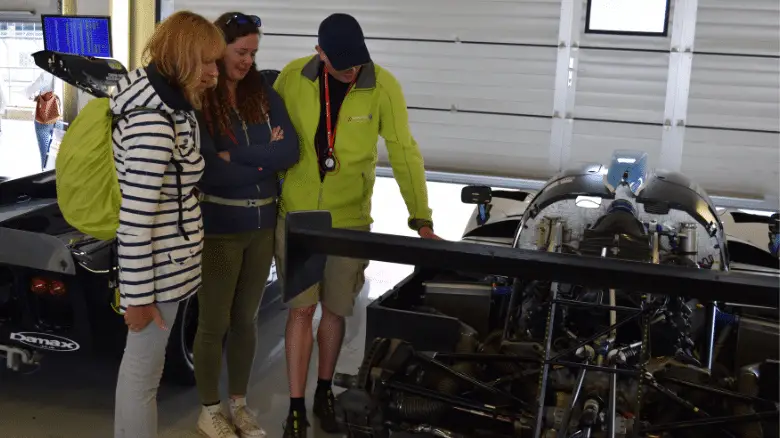
You never know what you might find when attending car events
Now that you’ve read up on cars and found a mentor, it is time to start attending car events. This is a great way to learn about different makes and models, see how they operate, and find out what parts you need to work on them.
Car shows are a great place to start, as there will usually be a wide variety of cars on display and plenty of companies exhibiting.
By attending these events, you will gain valuable knowledge about cars and form relationships with other enthusiasts to really immerse yourself in the automotive world.
Step 5: Buy an older car to practice on
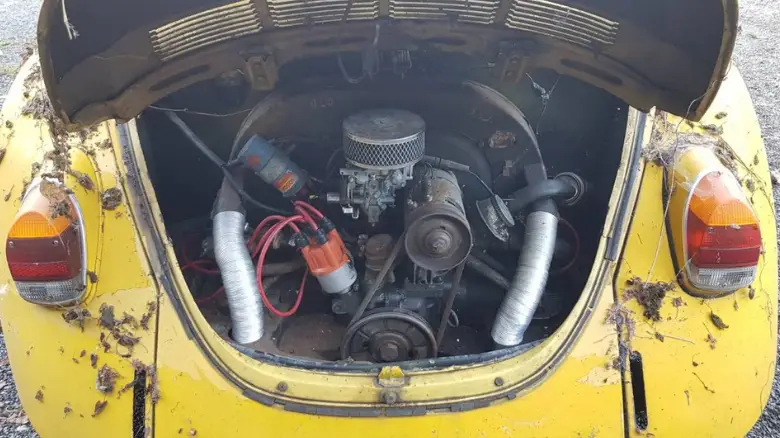
Older cars are simpler and easier to work on
One of the best ways to learn about car mechanics is to buy an older car and work on it yourself. This will give you a chance to get familiar with the different parts of the car and how they fit together.
To start with you can also learn about the basics of car maintenance, such as changing the oil and checking the tire pressures.
Working on an older car can also be a great way to save money, as you can often find them for sale at a fraction of the cost of a new car. Not only that, but older cars are usually less complex and easier to work on as a result.
Bringing a ropey old car back to its former glory can be a fun and rewarding experience in its own right, and many people around the world have started their car mechanic journey in this way.
Buy some basic tools, and with a little patience and practice, you’ll be surprised at how quickly you start learning.
Step 6: Buy a manual
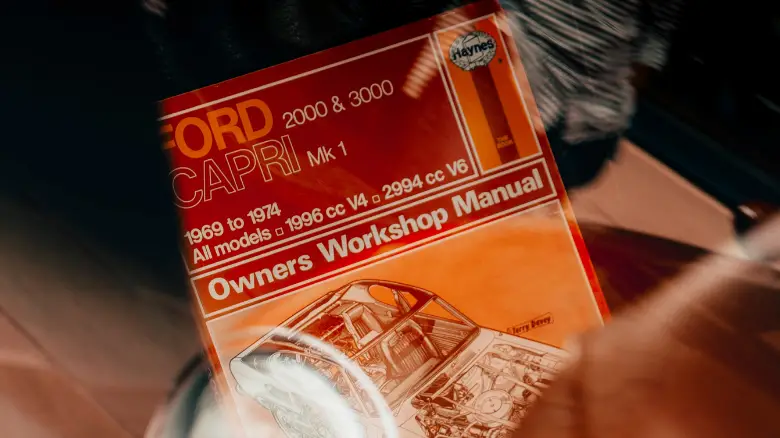
Haynes manuals are packed with useful information
Now that you have a car to work on, it’s time to buy a manual. This is an essential purchase, as it will contain all the information you need to know about your specific car.
Haynes and Chilton Manuals are perhaps the best-known and most comprehensive, and many beginners start with these.
They provide step-by-step instructions on a wide range of repairs, as well as general information on how your car works. Once you have a manual, you’ll be able to refer to it whenever you need guidance on a particular repair.
With a good car manual, you will be able to learn about the different parts of your car and how they work together.
Without a manual, working on your car would be a much more difficult and frustrating experience.
Step 7: Join a car club

Car club members are happy to talk about their cars
Now that you have your car, joining a car club is a great way to learn more about cars, meet other enthusiasts, and learn from more experienced members.
You can also get discounts on parts and tools, and some clubs even offer classes on basic car maintenance.
Most clubs will offer regular events and meetings, so this is a great way to stay up-to-date with the latest news and trends in the automotive world.
There are car clubs for almost every make and model of car, so you should be able to find one that suits your interests.
Step 8: Attend classes
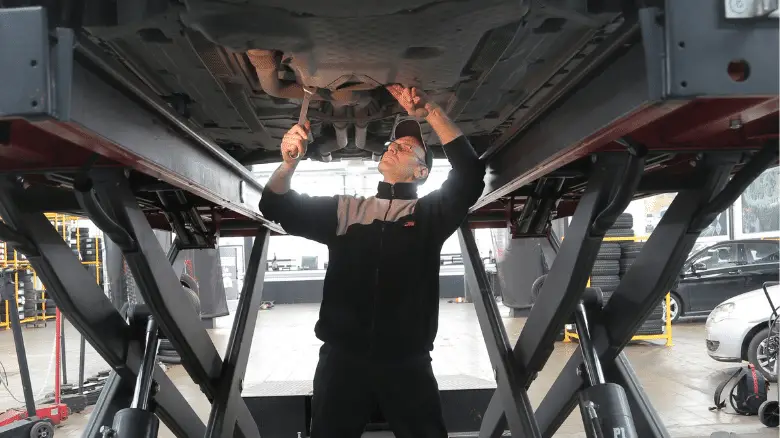
Hands-on classes are a great way to learn
If you want to take your passion further and make it more than just a hobby, there are a number of classes you can take to learn more about car mechanics.
These programs will provide you with the basic knowledge and skills you need to get started in the industry. In addition, they can also help you build important relationships with other professionals in the field.
Not only will these connections be valuable as you begin your career, but they may also lead to future opportunities down the road.
These classes will give you a more in-depth understanding of how cars work, and they will also provide you with the opportunity to get hands-on experience working on them.
Many community colleges offer these types of classes, and they are often very affordable.
Regardless of whether you want to make a career out of it or not, learning about car mechanics can be a fun and rewarding experience.
So, if you’re interested in cars and want to learn more about how they work, be sure to follow these steps. You’ll be surprised at how much you can learn in a short space of time.

About the Author
Adam Chinn is the founder of The Car Investor, combining his passion for classic cars with data-driven investment strategies to help collectors maximize their returns.
View all articles →Related Articles

Are Jaguars Good Cars? (And Are They Worth The Money?)
Jaguars are some of the most exceptional high-quality cars around. Their reputation for reliability is improving, their looks are magnificent, and their performance is sublime. Jaguar has a long history of producing great cars, and is continuing to innovate as we move into the electric vehicle era.

Is Driving Fast Bad For Your Car?
Driving fast is bad for the engine, drivetrain, suspension and various other components of a car as it causes them to wear more quickly. However, modern cars are built to tolerate speeds much higher than are legal on any public road.

Are High Mileage Cars Bad? (And How Many Miles Is Too Many?)
These days, high mileage cars aren’t necessarily bad. Modern cars are built to last much longer than those from previous generations, and if they’re well cared for there’s no reason to believe they’ll be any less reliable than a low mileage car.
Advertisement